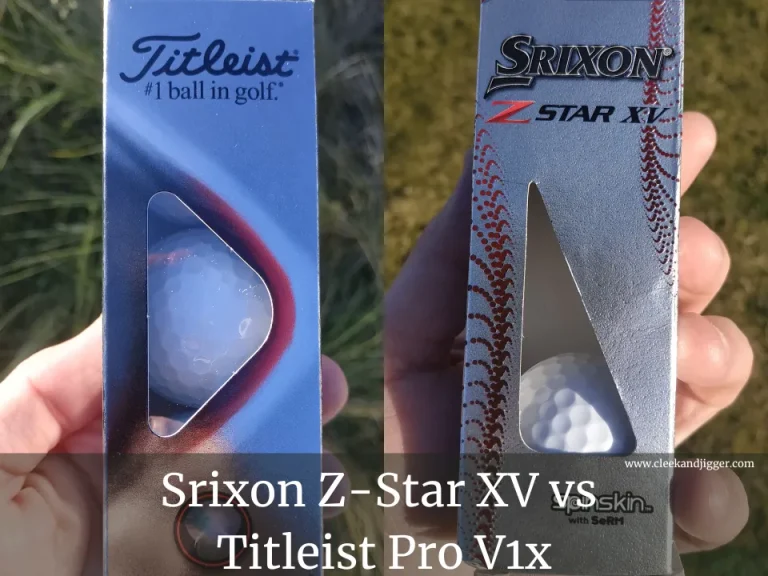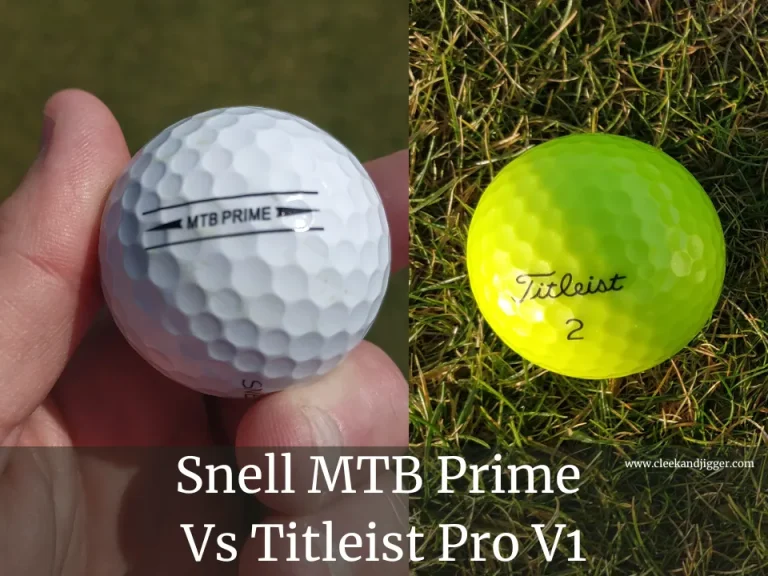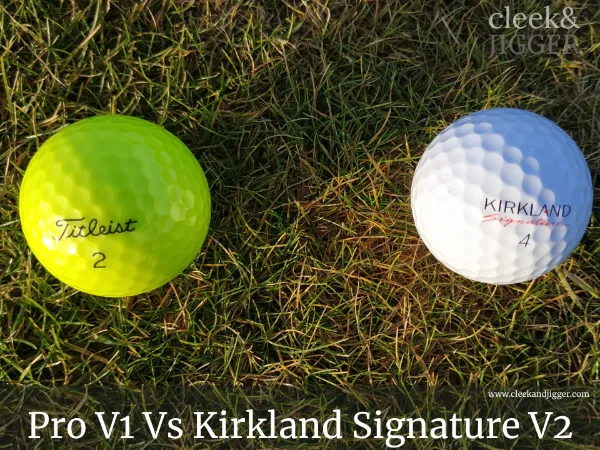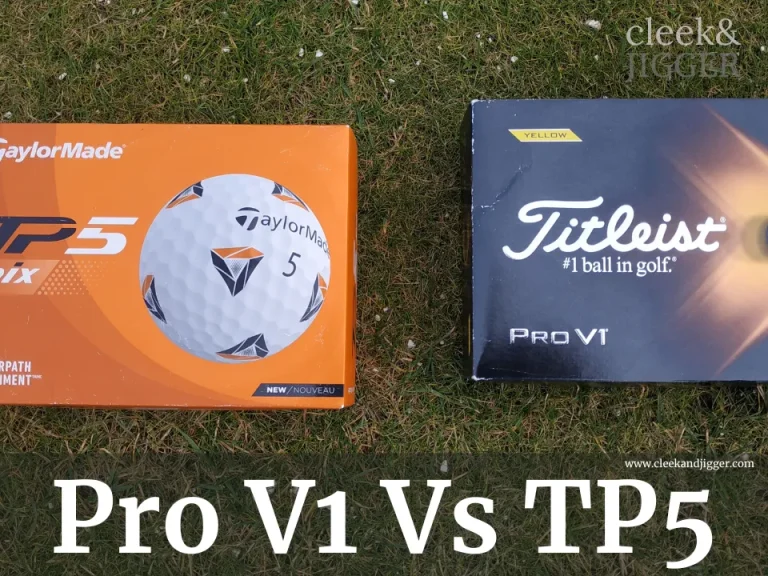Vice Pro vs Pro V1
Are you fed up with paying $50 for a dozen Titleists? A direct-to-consumer golf ball like the Vice Pro might save you some cash without affecting your scores. In this Vice Pro vs Pro V1 battle, we will look at whether you should make a change.
- Vice Pro vs Pro V1
- How Much Do They Cost?
- Vice Pro and Pro V1 Compared
- Vice Pro vs Pro V1: Distance
- Vice Pro vs Pro V1: Spin Rates
- Vice Pro vs Pro V1: Ball Flight
- Vice Pro vs Pro V1: Feel and Responsiveness
- Vice Pro vs Pro V1: Durability
- Vice Pro vs Pro V1: Which Should You Pick?
- Other Pro V1 Alternatives
- Frequently Asked Questions [FAQ]
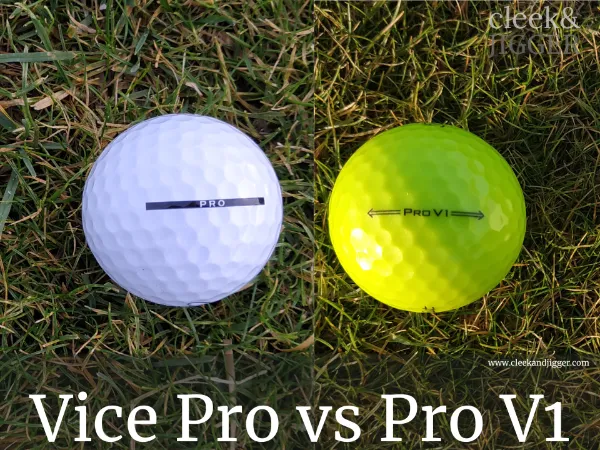
Affiliate Disclosure: As an Amazon Associate I earn from qualifying purchases. Links to other merchants may also be affiliate links.
Top Pick
Titleist Pro V1 Golf Balls
Titleist Pro V1 golf balls are designed for serious golfers looking for high-performance balls. They feature a soft feel, low spin off the driver, and consistent flight. The Pro V1’s multi-component construction includes a soft compression ZG process core, an ionomeric casing layer, and a urethane elastomer cover. These features work together to provide excellent distance, control and durability. Whether you’re looking to improve your game or play at a high level, Titleist Pro V1 golf balls are a great choice.
BUDGET Pick
Vice Pro Golf Balls
Vice Pro golf balls are designed for golfers looking for a premium ball at an affordable price. They feature a core that provides a soft feel and maximum energy transfer. The ball’s outer layer is made of a durable, high-visibility urethane that provides consistent flight and long-lasting durability. The Vice Pro’s unique design also offers a low spin rate off the driver, providing straighter and longer shots. With its balanced performance, the Vice Pro golf ball is a great option for golfers of all skill levels looking for a high-quality ball at great value.
How Much Do They Cost?
Both tour balls have a urethane cover and are pitched as premium golf balls and their prices reflect that.
The Pro V1 has a recommended retail price of $50. Many retail outlets will offer a discount on that price so you will probably pay around $45 for a dozen. While the Vice Pro isn’t that much cheaper if you just buy one dozen ($34.99), if you can justify buying 5 dozen then Vice offers them for just $28.99/dozen.
So if you get through 60 balls a year then you have saved around 80 bucks. That should be good for one or two extra rounds of golf! If you were getting through a sleeve of balls every week then you be looking at nearer $200 which could get you almost 9 holes at Pebble Beach!
Unfortunately, if you want to play the same ball as tour players on the PGA Tour then it’s going to hurt you in the wallet a little more.
Vice Pro and Pro V1 Compared
The Vice Pro and the Pro V1 are both excellent golf balls. Both balls offer a great combination of distance, spin rate, and feel. In terms of compression they are rated at 86 and 87 so should suit players with similar swing speeds in terms of feel. Clearly, the Pro is the model that Vice has targeted to compete with the Pro V1 based on its performance characteristics.
| Titleist Pro V1 | Vice Pro | |
| Construction | 3-piece | 3-piece |
| Cover Material | Urethane | Urethane |
| Dimples | 388 | 318 |
| Compression | 87 | 86 |
| Driver Spin | Mid | 4% higher than Pro V1 |
| Wedge Spin | High | 0.7% higher than Pro V1 |
| Feel | Soft | Soft |
| Trajectory | Mid | Mid |
Vice Pro vs Pro V1: Distance
Many golfers are curious to know how the Vice Pro stacks up against the Pro V1 in terms of distance. Independent ball tests have shown that the Vice Pro can achieve a carry distance of 252.7 yards, while the Titleist Pro V1 achieved a carry distance of 250.7 yards. The total distance for the Vice golf ball was also slightly more than the Titleist Pro V1 at 276.8 yards versus 273.9 yards. Ball speeds were very similar with the Vice ball shading it by 0.9 mph.
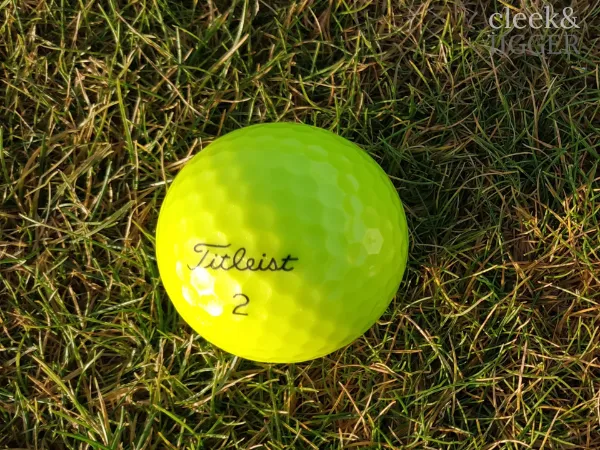
This is an impressive result, as it shows that the Vice Pro is able to keep up with the best of them. In my own testing, I could find little difference between the balls from shot to shot that I wouldn’t put down to either my own swing faults or the conditions on the day.
Today’s Golfer testing did have the Vice Pro coming in last in the distance stakes although the gap from first to last was only just over 6 yards. This would suggest that over the three different clubhead speeds the Pro V just shaded the vice in terms of ball speed.
Vice Pro vs Pro V1: Spin Rates
When it comes to spin rates, the Vice Pro has a slight edge over the Titleist Pro V1. The numbers speak for themselves, with the Vice Pro having a marginally higher spin rate across the bag compared to the Pro V1. Here are some comparison figures from the Vicegolf site and also from Todays Golfer.
| Driver Spin | 7 Iron Spin | Wedge Spin | |
| Pro V1 | 2159.1 | 5453.1 | 8840.1 |
| Vice Pro | 2254.3 | 5511.2 | 8906.9 |
| Pro V1 | 2358 | 7564 | |
| Vice Pro | 2461 | 7469 |
While the results with the driver were pretty similar it’s interesting to note that with wedges the results from TG were the opposite way around. It is worth pointing out that probably 99.9% of golfers see no difference in the results where the spin rates were so close together. It’s also worth noting that the TG results were based on three different swing speeds while the results from the Vice website were at one specific clubhead speed.
Don’t forget that while spin rates are important for stopping the ball around the green the descent angle plays an equally if not bigger role.
Vice Pro vs Pro V1: Ball Flight
Both balls offer a similar ball flight which is no surprise given that vice would be trying to compete with Titleist. Both offer a medium-height flight which should suit a wide-ranging of players.
Vice Pro vs Pro V1: Feel and Responsiveness
Obviously feel is a very subjective measure and only you can decide what you find acceptable. We can often be biased in our opinions against new products when compared with our usual choice.
When it comes to feel and responsiveness, the Vice Pro and the Pro V1 both provide a good experience. This should come as no surprise given that they have very similar compression ratings and urethane covers. Both these balls are mid-high compression compared with the rest of the market. Indeed it would appear there are a majority of lower compression balls for you to choose from if you value feel above everything else.
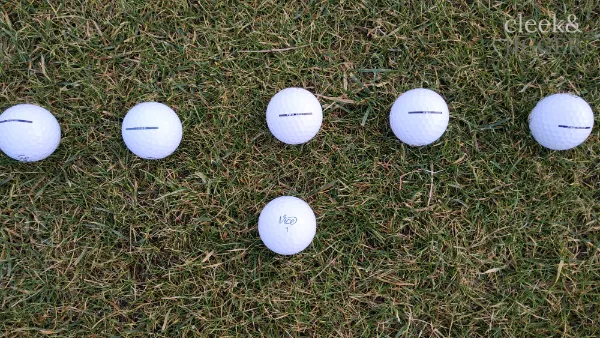
Vice Pro vs Pro V1: Durability
I don’t think anyone ever questions the durability of a Titleist golf ball. One young pro recently played the same ball through all four rounds of an event that he went on to win. The jury appears to be out somewhat when it comes to Vice balls, however. There are plenty of people who have issues with the durability of the covers on the ball, to the point that they have given up using them. In my own admittedly limited experience I can’t say I have noticed a massive issue but then I haven’t used them as much as say Srixon or Titleist. This
Vice Pro vs Pro V1: Which Should You Pick?
In this golf ball review, you’ve seen that the performance of the two balls are very similar to the extent that unless you are at the elite level you are unlikely to notice any difference and even then probably not. If you want to save some money without sacrificing performance then you should give the Vice ball a try.
Both balls are probably better suited to players with medium to fast swings (90+ mph) but don’t let that stop you from trying them even if you don’t have that sort of clubhead speed.
You can stock up here:
Top Pick
Titleist Pro V1 Golf Balls
Titleist Pro V1 golf balls are designed for serious golfers looking for high-performance balls. They feature a soft feel, low spin off the driver, and consistent flight. The Pro V1’s multi-component construction includes a soft compression ZG process core, an ionomeric casing layer, and a urethane elastomer cover. These features work together to provide excellent distance, control and durability. Whether you’re looking to improve your game or play at a high level, Titleist Pro V1 golf balls are a great choice.
BUDGET Pick
Vice Pro Golf Balls
Vice Pro golf balls are designed for golfers looking for a premium ball at an affordable price. They feature a core that provides a soft feel and maximum energy transfer. The ball’s outer layer is made of a durable, high-visibility urethane that provides consistent flight and long-lasting durability. The Vice Pro’s unique design also offers a low spin rate off the driver, providing straighter and longer shots. With its balanced performance, the Vice Pro golf ball is a great option for golfers of all skill levels looking for a high-quality ball at great value.
Other Pro V1 Alternatives
Not surprisingly this segment of the ball market has many different options for you to try at a wide variety of price points from the Kirkland Signature at not much more than a dollar a ball all the way up to the Titleist at around four dollars per ball. For more insight into alternatives like the chrome soft and TP5 take a look at this post which looks at some of the alternatives.
Coming soon: Vice Pro Plus vs Titleist Pro V1x
Frequently Asked Questions [FAQ]
Who Are Vice Golf?
Vice golf is one of several direct-to-consumer golf ball companies that have sprung up in the golf retail space over the past decade or so. They offer a range of balls including the Vice Pro and Vice Pro Plus golf balls to compete with the Pro V1 and Pro V1x. They also offer some more budget-friendly options such as the Vice Tour, this Vice Drive and Vice Pro Soft. Based in Germany the balls are made in Taiwan. They have a certain style about them and have a tendency to produce “interesting” special editions like their famous golden golf ball.
What Is The Best 3-Piece Ball?
There are lots of three-piece balls on the market which could suit your game. If you are looking for tour validation then the Pro V1 would win hands down. You might want to give the Srixon Z-Star a try or one of the cheaper golf balls by the likes of Piper Golf, Vice Golf or Snell Golf.




